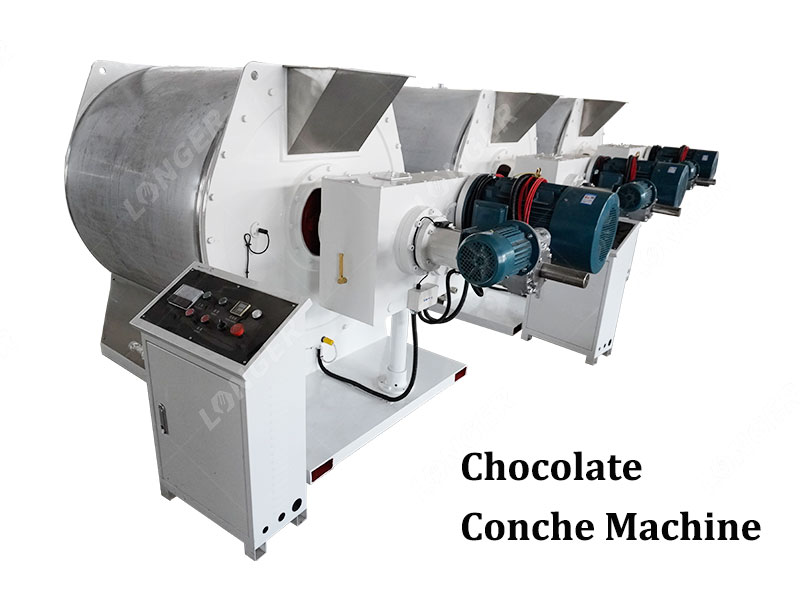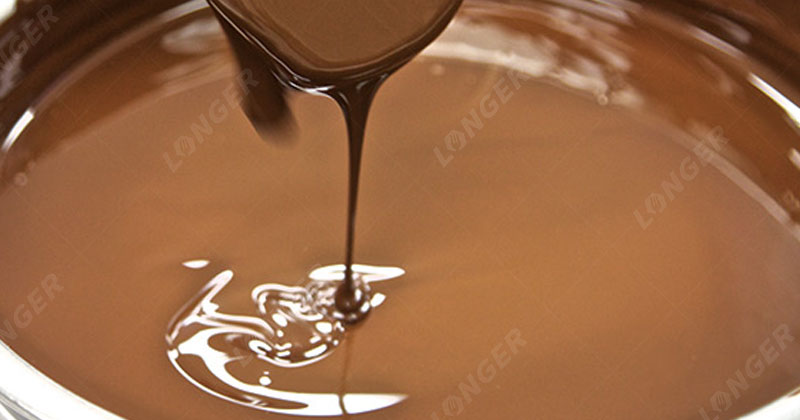Conching is a critical step in the chocolate-making process, and achieving the right temperature is essential to create that smooth, velvety milk chocolate we all love. So, what is the temperature of conching milk chocolate? In this article, we will delve into the fascinating world of conching milk chocolate and explore the temperature considerations that make all the difference.
The Basics of Conching:
Before we dive into temperature specifics, let’s briefly understand what conching entails. Conching is the process of refining chocolate by continuously mixing and aerating it in a conche machine, a specially designed machine. This process helps improve texture, reduce bitterness, and develop flavor.

The Role of Temperature:
Temperature plays a pivotal role in the conching process. It affects the chocolate’s viscosity, crystalline structure, and overall quality. For milk chocolate, the ideal conching temperature range typically falls between 120°F to 150°F (49°C to 66°C). Here’s why:
1. Viscosity and Fluidity:
At higher temperatures within this range, chocolate becomes more fluid. This increased fluidity allows for better mixing and aeration, helping to evenly distribute cocoa particles and milk solids. The result is a smoother texture and improved creaminess in the final product.
2. Crystal Formation:
Chocolate consists of multiple types of cocoa butter crystals, with some being more desirable than others. The conching process encourages the formation of these desirable crystals, which contribute to a glossy appearance and a pleasing snap when you break a piece of milk chocolate. Temperature control is vital to encourage the right crystal structure.
3. Flavor Development:
Temperature also influences the flavor development during conching. The heat helps release volatile compounds that contribute to the chocolate’s aroma and taste. The specific temperature range for milk chocolate allows for the development of its characteristic sweet, creamy flavor profile.
4. Monitoring Temperature:
Achieving and maintaining the correct temperature during conching is crucial. Chocolate makers use precise equipment and controls to monitor and adjust the temperature throughout the process. This ensures that the chocolate is neither under-conched nor over-conched, leading to the desired texture and taste.
5. Cooling Phase:
After conching, the chocolate is gradually cooled to set the desired crystalline structure. This cooling phase is equally important, as it determines the final texture and appearance of the milk chocolate. Controlled cooling prevents the formation of undesirable crystals, which can result in a grainy or gritty texture.

Conclusion:
Conching milk chocolate is both an art and a science, with temperature being a key factor in achieving the perfect product. The careful control of temperature during the conching process is essential to produce milk chocolate with a silky smooth texture, a delightful snap, and a rich, creamy flavor that chocolate lovers crave.
So, the next time you savor a piece of delectable milk chocolate, remember the precise temperature control that went into creating that indulgent treat. Temperature, among other factors, is the secret ingredient that transforms cocoa beans into the delightful milk chocolate we cherish.
Whether you’re a chocolate connoisseur or simply curious about the chocolate-making process, understanding the role of temperature in conching milk chocolate adds a layer of appreciation for this beloved sweet delight.
